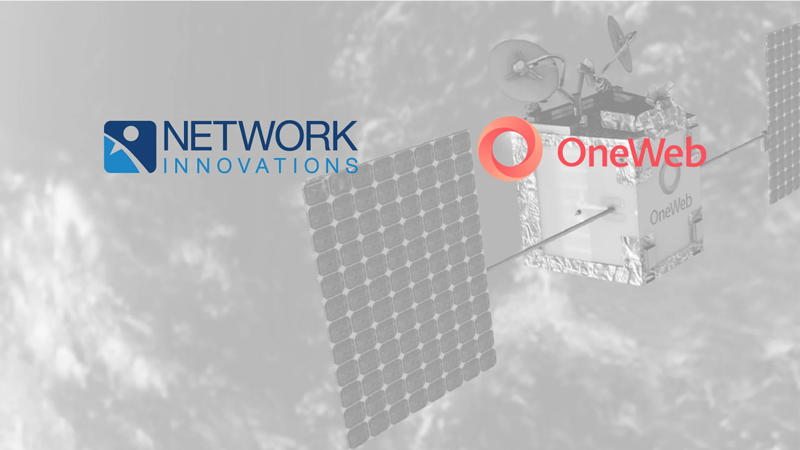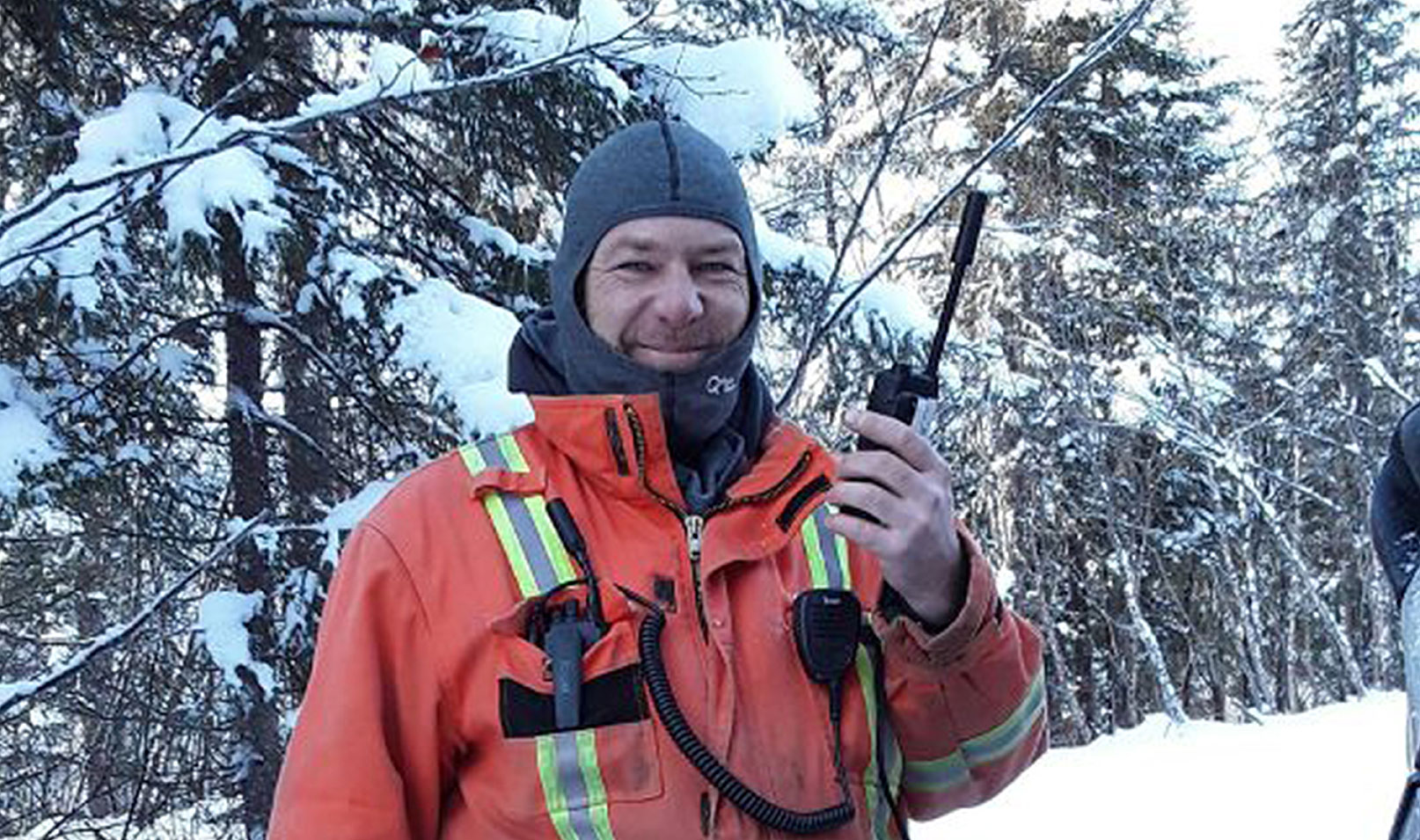A problem faced by many utilities is the remoteness of operations and lack of terrestrial coverage. Sites are spread across vast distances and line crews are navigating isolated regions. Developing robust digital infrastructure is an integral part of ensuring the efficiency and safety of today’s power grid and electric cooperative operations – closing those rural connectivity gaps.
“Off-the-grid” communications have evolved from a choice to a necessity, with a variety of options available including microwave, fiber, traditional GEO satellite, and more recently, Low Earth Orbit (LEO) constellation satellite services. But why should today's utility operators give this serious consideration?
In the last decade, terrestrial wireless networks evolved from 3G to 5G, providing faster speeds to meet the rising demand for bandwidth-intensive applications (like distribution and field force automation). Now, enter LEO networks, boasting speeds of up to 220Mbps down and 25Mbps up, revolutionizing the satellite domain. Not only do they align with the capabilities of terrestrial networks, but they also unlock new possibilities that were previously exclusive to them.
Highlighting the transformative potential of LEO satellites, three crucial applications emerge within the utilities sector that stand to reap significant benefits. These applications include:
Grid Operations
When running operations beyond terrestrial coverage areas, round-the-clock tracking can be challenging. Embracing the power of the Internet of Things (IoT), Advanced Metering Infrastructure (AMI), and substation automation is key in enabling the collection and communication of information from multiple resources. Whether it's your goal to extend the service life of critical infrastructure or gain an accurate ROI for each asset, a dependable data-transmitting method is required in hard-to-reach environments.
That's where the demand for LEO satellites comes from, driven by the ability to provide real-time data and connectivity - enabling asset monitoring and machine-to-machine communication over long distances. Almost definitely beyond the capabilities of existing terrestrial networks.
These technologies working in harmony ensure the detection of issues, minimized downtime, and the prevention of potential failures.
Business Continuity
The beauty of LEO satellite networks lies in their robust redundancy. When an emergency strikes, a reliable network connection is crucial to respond quickly and ensure operational continuity.
In the event of a failure in one method of communication, operators can seamlessly transition to a satellite backup link. This proves invaluable for not only maintaining critical applications but also reaching dispatch centers in the case of emergencies, whether caused by natural disasters or human error.
There can also be flexibility in network design – meaning utilities can design their networks to incorporate LEO satellites as an integral part of the primary infrastructure, providing flexibility in adapting to different operational demands.
Field Operations
The workforce is increasingly turning to digital methods of communication. The benefits of LEO connectivity extend to enhancing collaboration between remote sites and headquarters, supporting latency-intensive applications such as:
-
- Videoconferencing
- Accessing a VPN
- Accessing work orders and Geographical Information Systems (GIS) on phones or tablets
- Facilitating field to front office data transfers
There's also crew welfare and safety. By leveraging paperless systems and smart devices, workers can access safety protocols, real-time hazard information, and disaster response procedures, enhancing overall response capabilities.
Several network operators are actively building LEO satellite constellations, enabling communication in rural and developing regions. A prominent example is SpaceX’s Starlink project, which aims to deploy thousands of small satellites in Low Earth Orbit, as well as Eutelsat OneWeb, and the future of Kuiper and Lightspeed.
As a trusted distribution partner for leading Low Earth Orbit operators, Network Innovations provides customized solutions tailored to the unique needs of the utility sector.
 From working through regulatory requirements to building a private network for secure connections, the team can turn advancing technologies into real-life use cases.
From working through regulatory requirements to building a private network for secure connections, the team can turn advancing technologies into real-life use cases.
In our latest white paper, “The Power & Promise of LEO Connectivity: Considerations for the Utilities Industry,” we further explore the impact of LEO satellites on today’s utility operations.


 From working through regulatory requirements to building a private network for secure connections, the team can turn advancing technologies into real-life use cases.
From working through regulatory requirements to building a private network for secure connections, the team can turn advancing technologies into real-life use cases.


